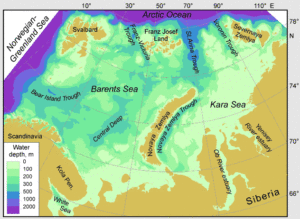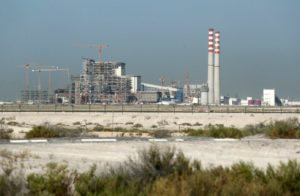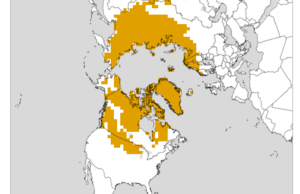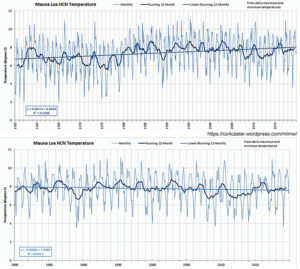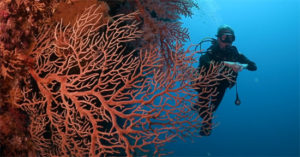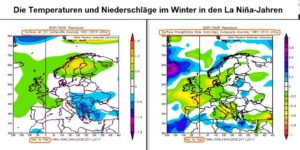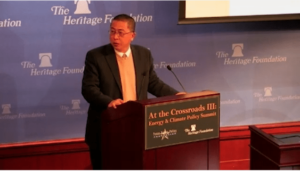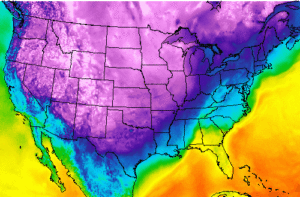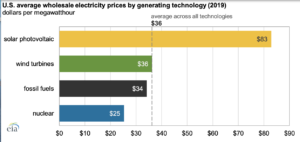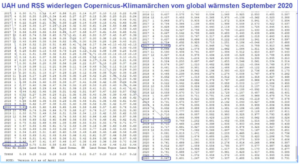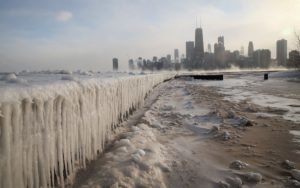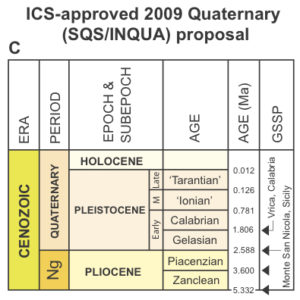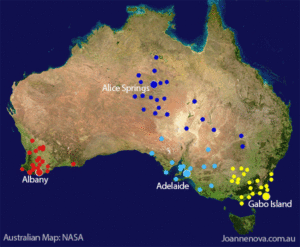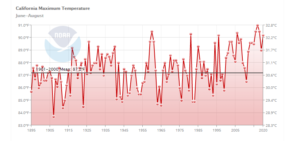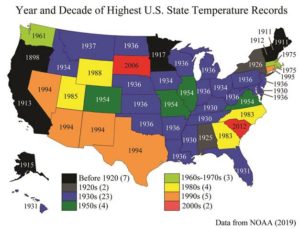by A. Watts, Oct 8, 2020 in WUWT
The Institute of Public Affairs today announced the release of a significant new book of research Climate Change: The Facts 2020 published by the Institute of Public Affairs and Australian Scholarly Publishing.
On 24 September 2019, the 17-year-old activist Greta Thunberg addressed the United Nations Climate Action Summit saying, “People are suffering. People are dying. Entire ecosystems are collapsing. We are in the beginning of a mass extinction.” A day earlier, however, the climate policy foundation Climate Intelligence (CLINTEL) sent the UN their World Climate Declaration, signed by 800 prominent scientists including Nobel Laureate Professor Ivar Giaever and Greenpeace co-founder Dr. Patrick Moore, stating that there is no climate emergency: “You’re tired of alarmism and failed predictions of climate models that can’t predict the past, let alone the future. You distrust the business leaders, politicians and scientists of the climate industrial complex – you just want The Facts.”
This book contains original research and new theories of climate and will arm you with these facts. Leading scientists are contributors, including former Senior Scientist for Climate Studies at NASA’s Marshall Space Center Dr. Roy Spencer, and lead author of the Intergovernmental Panel on Climate Change’s Third Assessment Report Professor Emeritus of Meteorology Richard Lindzen of Massachusetts Institute of Technology, and many more.
Climate Change: The Facts 2020 is the definitive guide to the latest international research and analysis on climate change science and policy. Twenty experts in their field from across five countries have written original contributions on the key issues of scientific, political, and public debate about climate change.
Some of the issues addressed in chapters in Climate Change: The Facts 2020 include:
- the extent and variability of sea level change
- the historical record of temperature and ice coverage in the Antarctic
- the impact of climate change on polar bear populations
- the manipulation of temperature data by the Bureau of Meteorology
- whether the Australian bushfires 2019-20 were in fact ‘unprecedented’; and
the prevalence of ‘noble cause’ corruption in climate science.
…
